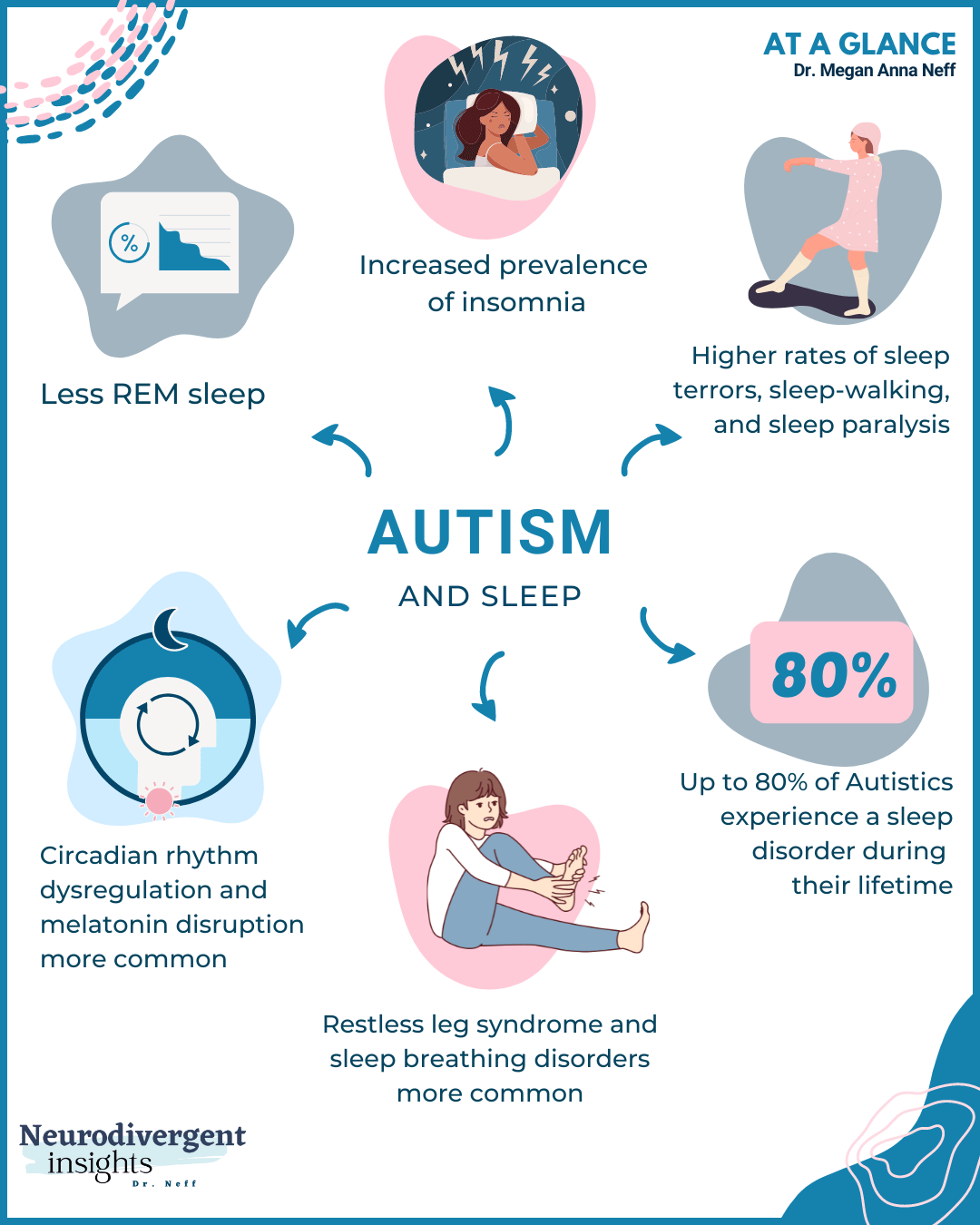Navigating Social Difficulties: Tips for Individuals Living with Autism
Navigating Social Difficulties: Tips for Individuals Living with Autism
Blog Article
Recognizing Autism: A Comprehensive Guide to Indicators and Signs
Autism Spectrum Condition (ASD) incorporates a large variety of features that can considerably affect an individual's social interactions and everyday functioning. Understanding these subtleties not just aids caretakers and instructors in offering ideal support yet likewise promotes a much more comprehensive setting for people with ASD.
Summary of Autism Spectrum Disorder
Specifying Autism Spectrum Disorder (ASD) involves recognizing it as a complex neurodevelopmental condition defined by a series of challenges in social communication, communication, and behavioral patterns. The term "spectrum" mirrors the vast irregularity in signs and their seriousness, which can vary dramatically from one individual to an additional. ASD normally shows up in early youth, although some individuals might not obtain a medical diagnosis until later on in life.
Elements affecting the development of ASD consist of ecological elements and genetic predispositions, although the precise causes continue to be under examination. Medical diagnosis frequently counts on behavior evaluations, as there are no definitive clinical tests for ASD. Early treatment is important and can dramatically improve end results, concentrating on boosting interaction skills, social interactions, and adaptive habits.
People with ASD may likewise show one-of-a-kind strengths, such as exceptional attention to information or details areas of experience. Comprehending the complex nature of ASD is essential for promoting an inclusive environment that accommodates neurodiversity. Continued research study is crucial for establishing efficient treatments and assistance systems, allowing individuals with ASD to flourish and fulfill their potential within society.
Typical Indications of Autism
Recognizing the usual indications of Autism Range Problem (ASD) is essential for early recognition and intervention. These indicators can differ commonly in severity and presentation, but particular qualities are regularly observed in people with ASD.
One of one of the most prevalent indicators is a marked difficulty in maintaining and establishing eye contact. People might also display restricted passion in social interactions and show a preference for singular play. Recurring actions, such as hand-flapping, rocking, or spinning items, often emerge early in youth. Furthermore, some youngsters might develop strict routines and become distressed if these routines are interrupted.
Sensory sensitivities are also common; people may overreact or underreact to sensory stimuli, such as sounds, textures, or lights. autism. Language growth can be irregular, with some youngsters displaying delayed speech or utilizing language in unusual ways, including echolalia-- repeating phrases or sentences listened to in other places
It is vital to keep in mind that not every person with ASD will display all these indicators, and the level of these habits can differ considerably. Early recognition enables prompt support and resources, boosting the lifestyle for Resources those on the spectrum.
Social Communication Difficulties
Social communication challenges are a characteristic of Autism Range Disorder (ASD), influencing a person's ability to involve successfully with others. These difficulties can show up in different methods, consisting of difficulties in initiating and keeping conversations, understanding social hints, and responding suitably in social interactions.
People with ASD may fight with nonverbal communication, such as eye contact, facial expressions, and body movement. This can cause misunderstandings, as their communicative intent might not be correctly translated by others. They might find it challenging to realize the nuances of tone and context, which are crucial for effective interaction.
In team settings, individuals with ASD might feel overwhelmed and might hop over to these guys not recognize how to sign up with in discussions (autism). They may also display irregular conversational patterns, such as monologuing concerning particular rate of interests without identifying social reciprocity
Furthermore, these difficulties can cause social isolation or problems in forming connections, as peers may misinterpret their habits or communication style. Recognizing these social communication obstacles is critical for promoting helpful atmospheres that advertise social skills development and improve the top quality of interactions for people on the autism spectrum.
Sensory Reactions and sensitivities
Several individuals with Autism Range Problem (ASD) experience increased sensory sensitivities that can significantly influence their daily lives. A person with ASD may discover day-to-day noises, such as a vacuum cleanser or crowded environments, extremely stressful, leading to stress and anxiety or disasters.
Sensory processing differences in people with ASD can additionally impact their capacity to take part in social communications and routine tasks. A kid that is delicate to touch may resist physical affection or stay clear of certain clothing textiles. A choice for particular textures or preferences can restrict nutritional options and develop challenges throughout nourishments.
Comprehending these sensory level of sensitivities is vital for acknowledging the one-of-a-kind experiences of individuals with ASD. Awareness of their sensory profiles can foster better interaction and support techniques, creating a setting that suits their demands and redirected here enhances their lifestyle. Inevitably, recognizing sensory sensitivities is an important component of comprehending the wider range of autism.

Supporting People With Autism
Reliable assistance for individuals with Autism Range Condition (ASD) is critical for improving their total wellness and fostering self-reliance. Support strategies need to be customized to fulfill the one-of-a-kind demands of each person, considering their staminas and difficulties.

Social skills training can also play an essential function. autism. Engaging individuals in group tasks or role-playing situations can boost their ability to navigate social communications. Additionally, it is important to inform household members, caretakers, and peers regarding ASD to foster a comprehensive and encouraging neighborhood
Verdict
By cultivating boosted communication and social skills, individuals with autism can browse their settings a lot more efficiently. Eventually, increased awareness and assistance can considerably improve the high quality of life for those impacted by ASD.
Autism Spectrum Problem (ASD) encompasses a wide array of qualities that can considerably affect an individual's social interactions and day-to-day performance.People with ASD may have a hard time with nonverbal communication, such as eye call, face expressions, and body language.Lots of individuals with Autism Spectrum Problem (ASD) experience heightened sensory sensitivities that can substantially impact their daily lives.Sensory handling distinctions in individuals with ASD can also impact their capability to engage in social interactions and routine activities.Comprehending these sensory sensitivities is essential for identifying the unique experiences of people with ASD.
Report this page